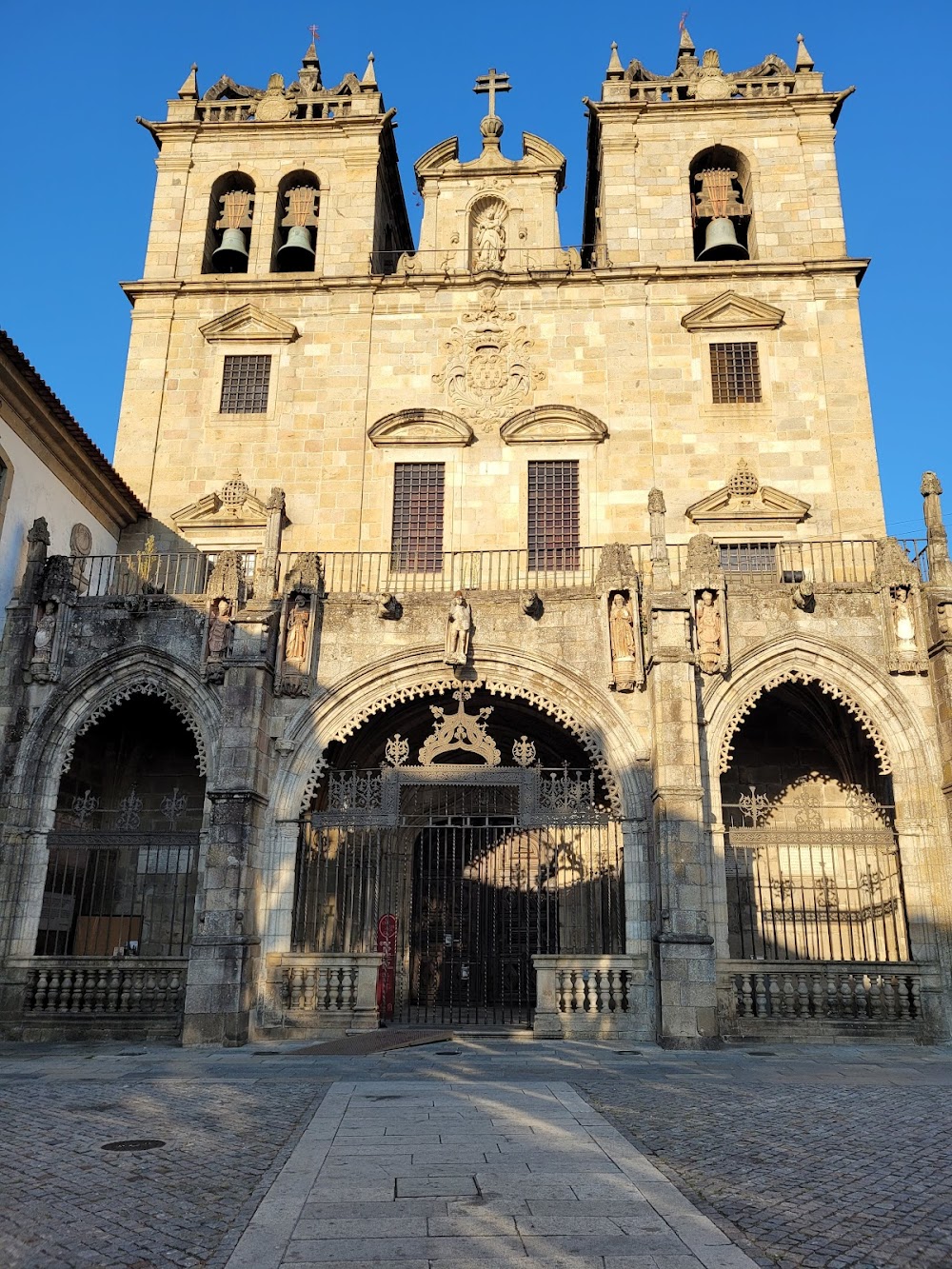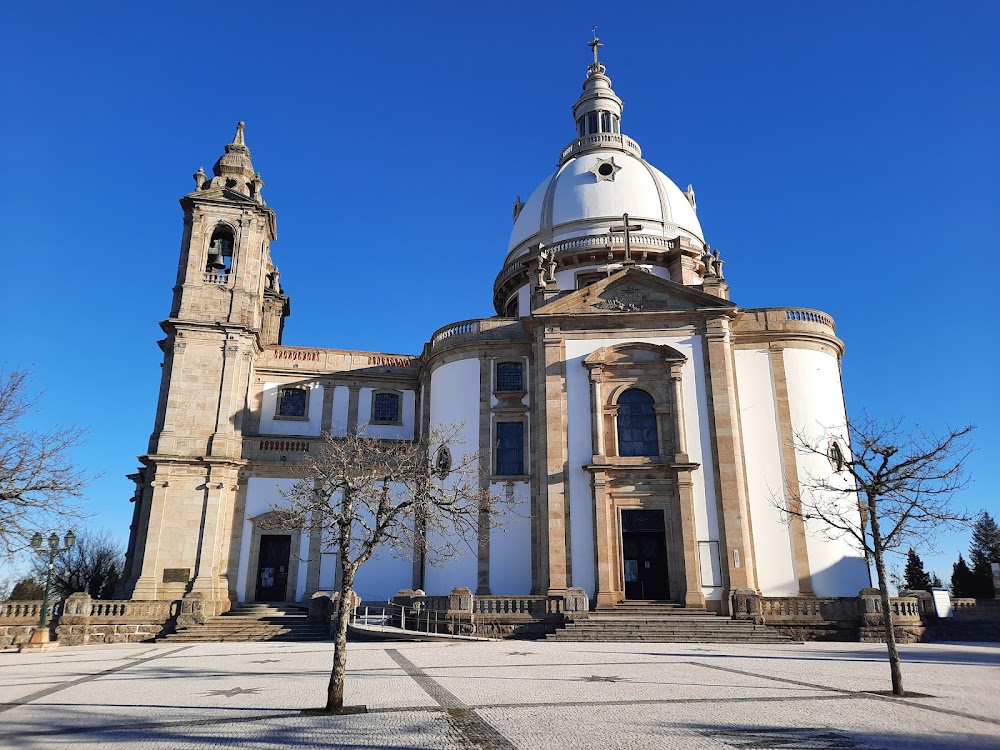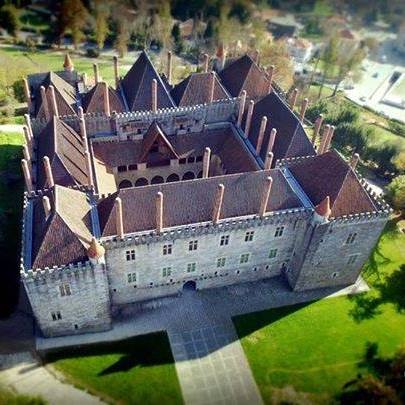Monastery of Tibães (Mosteiro de São Martinho de Tibães)
Overview
The **Monastery of São Martinho de Tibães**, often referred to as the **Monastery of Tibães**, is a historical and architectural gem nestled in the enchanting city of Braga, Portugal. This remarkable edifice traces its origins back to the 6th century when St. Martin of Dume is said to have established a religious community in the area. Although the first concrete evidence of the monastery emerged in the 11th century, it truly flourished as a vital religious and cultural site under the auspices of the Benedictine Order.
During the **16th century**, the Monastery of Tibães reached the zenith of its influence and significance. This era marked the initiation of an ambitious reconstruction project aimed at transforming the medieval establishment into a splendid example of **Baroque architecture**. Under the skilled direction of architect **Manuel Álvares**, construction from the 17th to 18th centuries introduced exquisite design elements and elaborate decorations. The use of local granite not only ensured the structure's durability but also added to its grandeur.
The **Church of the Monastery** is a standout feature, boasting a striking façade adorned with intricate stone carvings and statues. Step inside, and you'll be captivated by the high vaulted ceilings, gilded altars, and exquisite woodwork. One of the church's crowning jewels is the main altarpiece, a Baroque masterpiece crafted by the renowned sculptor **André Soares**. Additionally, the church houses numerous chapels, each uniquely decorated, embodying the diverse periods and styles of the Baroque era.
The Monastery's **cloisters** are equally impressive, particularly the Principal Cloister, celebrated for its harmonious proportions and classical design. These cloisters served as tranquil spaces for meditation and prayer for the monks, while also acting as an architectural centerpiece connecting various parts of the monastery, including the dormitories and refectory. Speaking of the refectory, it features a richly decorated ceiling and walls adorned with religious motifs, providing a glimpse into the monastic life.
Throughout the years, the Monastery evolved into an intellectual hub, home to a significant library and the production of scholarly works. However, following the dissolution of religious orders in Portugal during the **19th century**, the Monastery faced a decline, leading to neglect and deterioration, with many of its artistic treasures sold or dispersed.
Fortunately, the **20th century** ushered in a renewed interest in preserving this cultural heritage. Recognizing the historical significance of the Monastery of Tibães, the Portuguese government initiated restoration efforts in the 1980s. These meticulous restorations aimed to restore the Monastery to its former glory while preserving its historical and architectural integrity. Today, the Monastery is not only a site of historical intrigue but also an active cultural center, hosting various events, exhibitions, and workshops.
Visitors to the Monastery of Tibães can also wander through its beautifully restored **gardens**, which reflect their historical layout. Once a source of food and medicinal herbs for the monastery's inhabitants, these gardens now provide a picturesque setting for leisurely strolls, inviting guests to immerse themselves in the serene atmosphere.
The **Monastery of Tibães** stands as a testament to Portugal's rich cultural and religious history. Its transformation from a modest religious site to a magnificent Baroque monument mirrors the broader historical trends of the region. Thanks to dedicated restoration and conservation efforts, the Monastery continues to inspire awe and admiration among visitors, offering a captivating window into the past and a living reminder of the enduring legacy of Portuguese architectural and cultural heritage.







